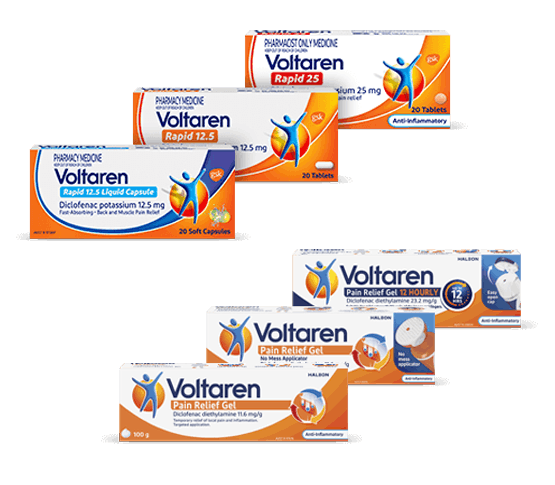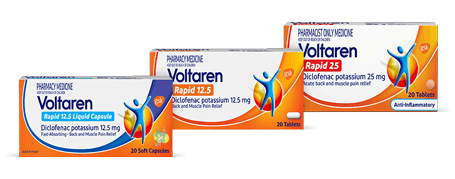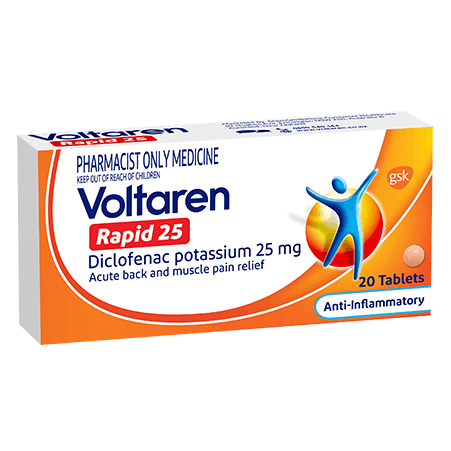When you feel pain in your shoulder, it may be time to seek out some shoulder pain relief. Whether it’s dull and achy, or sharp and stingy, shoulder pain is no fun. We’ve put together this guide on how to manage shoulder pain.
Shoulders have a wide range of motion. So, when something goes wrong, shoulder pain can really hamper your ability to move freely and carry out basic, everyday tasks. In fact, continued movement of your arm or shoulder can often make shoulder pain worse. Shoulder pain can be caused by friction in the shoulder joint itself, or injury to the surrounding muscles, ligaments, tendons, or nerves.1 Shoulder pain can also radiate, affecting the neck, arm, and shoulder blade.
There are a number of shoulder pain relief options you can try out to get moving again and put a little joy back into your favourite everyday activities (hello, taking the pup for a walk around the block again!) However, if your shoulder pain doesn’t start feeling better after 7 days, consult a doctor to make sure there's nothing more serious at play.
Non-medicinal methods for managing shoulder pain
Not all shoulder pain needs a doctor’s visit. There are a number of shoulder pain relief options that you can try out at home. They include:
- Rest
There’s nothing like rest to speed recovery. Repeat motion is likely to further aggravate your shoulder joint and the surrounding muscles, tendons, and nerves. Avoid using your shoulder in ways that make your pain worse. Consider resting your arm on a cushion in your lap.2 - Ice
Icing your shoulder can help reduce inflammation, as well as numb the area so that pain subsides. An ice pack, or even a bag of frozen veggies, should do the trick. Be careful not to place ice directly... on your skin. Always wrap any ice pack or frozen veggie bag in a thin towel before applying it to your skin. Do this for around 20 minutes, 4 or more times per day. If after 2 days this isn't doing the trick, consult a pharmacist.3

- Maintain good posture
Keep your shoulder down and gently back. Maintaining good posture will take the pressure off your shoulder muscles. In this way, you can reduce stress on your shoulder joint and relieve tension in your shoulder muscles.4
If your pain isn't going away after at-home relief methods, after a week you should ask your doctor how better to relieve shoulder pain.
If you have any other aches or pains, you may find the tips in the Muscle Pain and Neck Pain sections helpful.
Health, wellness & your pain
Pain is rarely just physical nor is it always solved by taking medicine alone. Voltaren is your ally in helping you take more control of your pain journey, from the way you sleep, to what you eat, mental wellbeing and complementary pain relief therapies.













